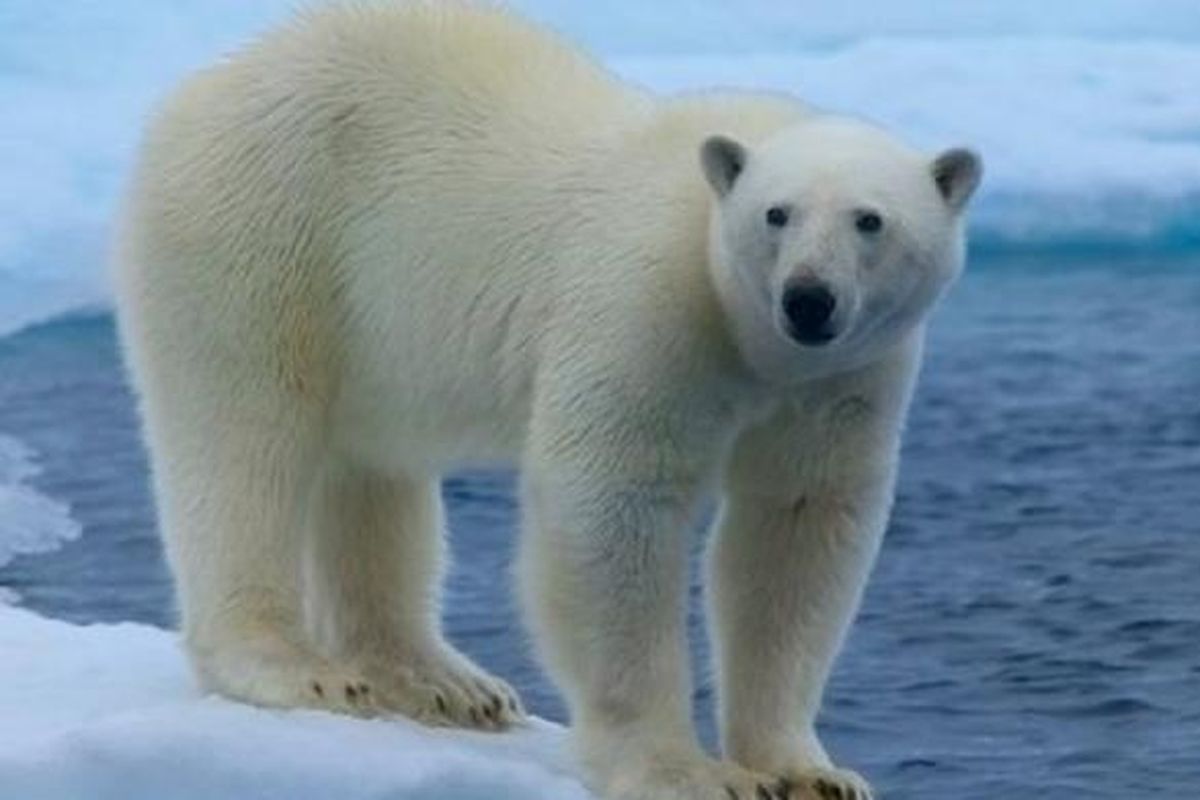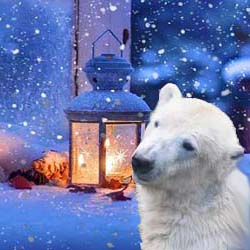The Ranua Wildlife Park in Finland has recently celebrated the birth of a polar bear cub, marking a significant milestone in wildlife conservation. The birth of this cub is not only an exciting event for the park but also for conservationists who are dedicated to preserving this iconic Arctic species. Polar bears are classified as vulnerable due to the rapid loss of sea ice, making every successful birth a beacon of hope for the species.
Polar bear births in captivity are rare, as they require precise environmental conditions and a stress-free setting for the mother. The Ranua Wildlife Park has a strong reputation for providing an optimal habitat that mimics the Arctic wilderness, ensuring that the cub and its mother receive the best possible care.
The Importance of Conservation Efforts
Polar bears are facing significant challenges in the wild due to climate change, habitat loss, and human activities. The birth of this cub highlights the importance of conservation programs in wildlife parks and zoos, where researchers can monitor the health and behaviors of these majestic animals in a controlled environment.
By studying the development of polar bear cubs in captivity, scientists gain crucial insights into their early life stages, diet, and adaptability. This knowledge can be applied to wild populations, helping conservationists implement more effective strategies to protect polar bears from environmental threats.
The Early Days of the Cub
The newborn polar bear cub is currently under the close supervision of park veterinarians and caretakers. In the first few weeks, cubs are highly dependent on their mothers for warmth and nutrition. The mother bear, typically protective and nurturing, ensures that the cub stays safe and well-fed.
For the first few months, the cub will rely solely on its mother’s milk, which is rich in fat and essential nutrients. This period is crucial for the cub’s growth, as it gains weight rapidly to prepare for life in colder conditions. Staff members at Ranua Wildlife Park will monitor the cub’s weight, activity levels, and overall health to ensure its well-being.
Challenges of Raising a Polar Bear Cub
Raising a polar bear cub in captivity presents several challenges. The mother must feel secure in her environment to provide proper care for her offspring. Any disturbances, such as excessive noise or human interference, can stress the mother and potentially affect the cub’s development.
Another challenge is ensuring that the cub adapts well to its surroundings while developing natural behaviors. Wildlife experts at the park focus on providing an enriched environment that encourages play, exploration, and social interactions, mimicking the experiences the cub would have in the wild.
The Role of Ranua Wildlife Park in Polar Bear Conservation
Ranua Wildlife Park has been actively involved in polar bear conservation efforts for many years. Their breeding program plays a crucial role in maintaining genetic diversity within the captive polar bear population. Every successful birth contributes to the long-term survival of the species and provides a valuable opportunity for education and research.
The park also collaborates with international organizations to support wild polar bear populations. By raising awareness about climate change and the threats polar bears face, Ranua Wildlife Park helps educate visitors about the importance of environmental protection and sustainable practices.
Public Interest and Educational Opportunities
The birth of the cub has attracted significant public interest, with visitors eager to learn more about polar bears and their conservation. Wildlife parks serve as educational platforms where people can witness these animals up close and develop a deeper appreciation for their role in the ecosystem.
Educational programs, guided tours, and interactive exhibits allow visitors to understand the challenges polar bears face and how they can contribute to conservation efforts. Whether through reducing carbon footprints or supporting wildlife organizations, public involvement plays a vital role in securing a future for polar bears.
The Future of the Polar Bear Cub
As the cub continues to grow, it will reach several developmental milestones. At around three to four months old, it will begin to explore its surroundings more actively, developing essential survival skills through play and interaction with its mother. By the time it reaches one year, it will have a stronger sense of independence, although it will still rely on its mother for guidance and protection.
The future of the cub will depend on various factors, including its health, behavior, and adaptability. Some polar bears raised in captivity may eventually be part of breeding programs, while others contribute to conservation research. The insights gained from this cub’s growth and development will aid in refining future conservation strategies.
The birth of a polar bear cub at Ranua Wildlife Park is a significant event in the world of wildlife conservation. It not only symbolizes hope for the species but also emphasizes the importance of dedicated conservation efforts. As climate change continues to impact polar bear populations, every successful birth in captivity becomes a crucial step toward understanding and protecting these magnificent Arctic animals.


